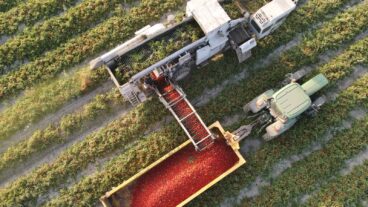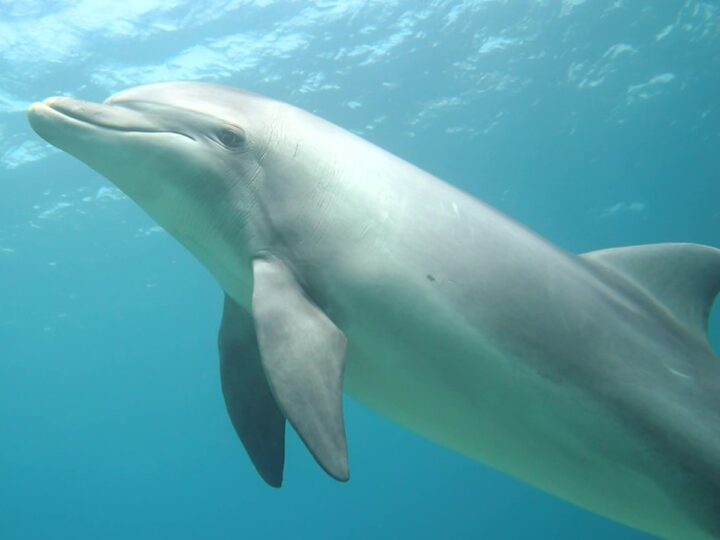Growing the most crop per drop of water is an Israeli specialty. With little rain and a hot desert sun as unforgiving as the Sahara, Israel’s high-tech researchers and farmers have combined their expertise to grow a cornucopia of salt-tolerant crops in dry desert conditions. People from hungry countries far and wide come to learn from Israel’s expertise.
Now, a new research project by two desert research institutes has strung several Israeli agriculture and clean-tech specialties together to help alleviate world hunger and push back the desert through an artificial desert oasis using low-cost desalination technology that runs on solar power.
Spread the Word
• Email this article to friends or colleagues
• Share this article on Facebook or Twitter
• Write about and link to this article on your blog
• Local relevancy? Send this article to your local press
A small model is up and running in the desert north of the Dead Sea, while the researchers aim to build a larger testing and training facility for agronomists from across Israel and other countries.
This new desert oasis, engineered by researchers from Ben-Gurion University and the Central and Northern Arava Research and Development center, follows decades of Israeli accomplishments in plant genetics married with desalination and solar energy advances.
No mirage
Deserts get little or no rainfall, but often there are aquifers deep below the surface that may hold an abundance of water. The problem is getting the salt out of this water so it can be useful for farmers to grow cash crops. The new oasis solves the problem with an ecosystem that produces a variety of freshwater and salt-hardy crops that feed on saline wastewater from the desalination process. It’s in tune with Mother Earth and affordable for some of the poorest farmers subsisting on areas of encroaching desert.
From the outset, the main idea was to create a solution to feed the world’s hungry, says Rami Messalem from Ben-Gurion University’s Zuckerberg Institute for Water Research. A Jewish philanthropist from Switzerland gave the researchers the fuel to develop the sustainable system, which hinges on a low-energy desalination nano-filter designed and engineered at Messalem’s lab.
With experience in membrane technology since the 1960s, Messalem says this filter is unique because it runs on about a quarter of the power that traditional desalination units require. This means that fewer expensive solar panels are needed to support it off-grid, although the oasis can also run on electricity from the grid.
The entire system was designed with cash-strapped countries in mind.
“There is no use to try and compete with huge companies who make the best membrane which can do the right job. It’s very easy to make these kinds of filters and put them out into the market,” Messalem tells ISRAEL21c. “What we are using here has been designed very cleverly, and we’ve accomplished this with some tricks.”
He notes, “One of the biggest challenges when using desalination technologies is what to do with the waste concentrate — the brine. We found that there are some plants like the red beet, which is a halophyte, a plant that likes salty water.”
Brackish water cannot be sent back down into the soil because it pollutes the groundwater below. Red beets are one solution for soaking it up above ground, and another is using the concentrate to raise ornamental fish in the desert, a business already proven successful in Israel.
Test oasis up and running
The desalination filter in the new oasis system removes the undesirable salts while leaving in the minerals to sustain plant life. In fact, the filters are engineered in such a way, explains Messalem, that farmer could use less fertilizer for their crops — a bonus for the environment, too.
The solar-powered model oasis, located on a quarter of an acre near the Dead Sea, is successfully sustaining four different crops. Each system would be custom-made to maximize each customer’s particular crop needs and energy availability.
This is good news for regions in the Middle East and Africa where micro-farmers are losing ground to desertification.
A 1.25-acre area has been leased to develop into an operational demonstration site and field school where Israel’s thousands of agricultural visitors could come to learn the new oasis method every year. Learning directly from the people who built it could be a life-changing experience for those looking to farm for their future, such as the Nigerian rebels who come to Israel to learn how to trade their weapons for plows.

















